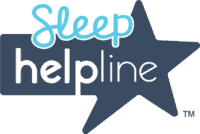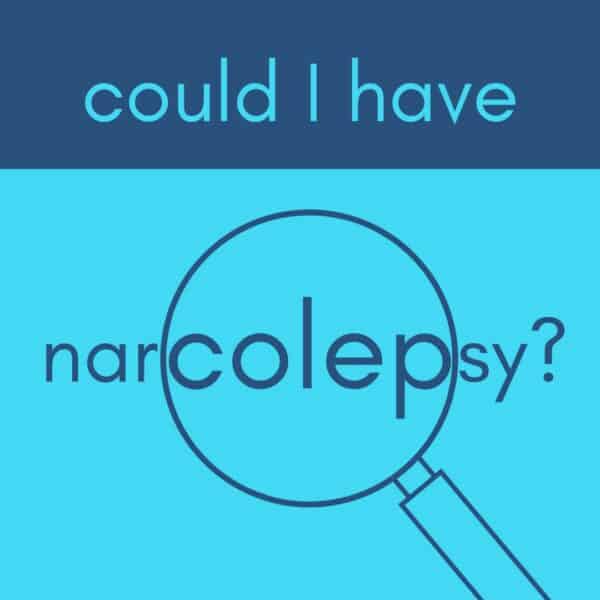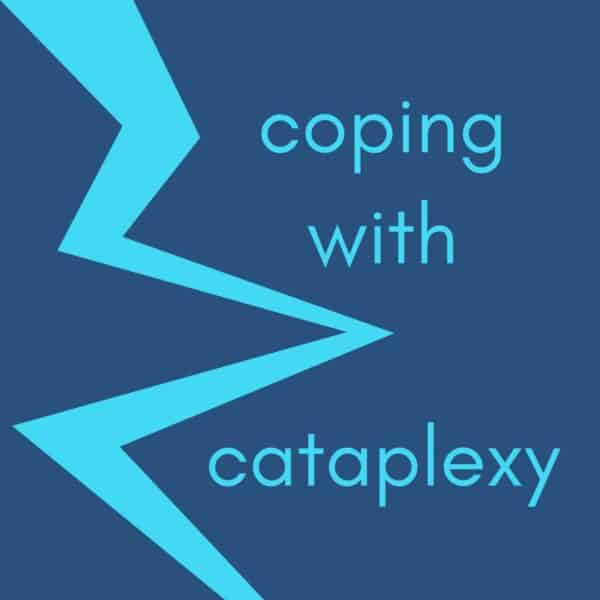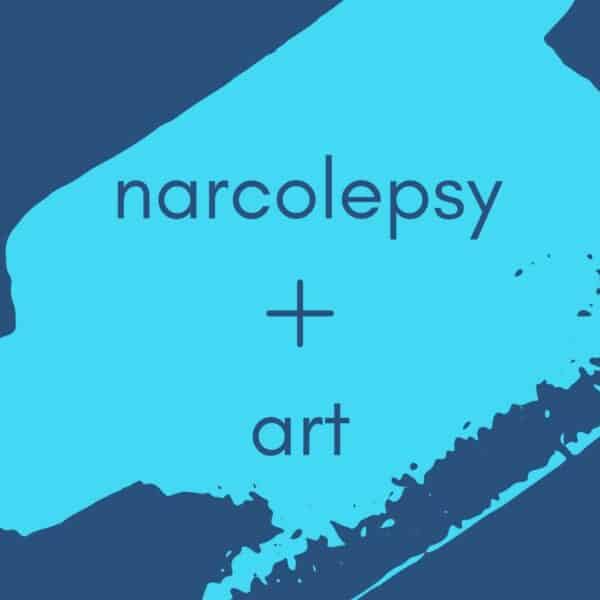
Project Sleep President and CEO, Julie Flygare, hosted the “Sleep Paralysis and Hallucinations” broadcast with Rising Voices speakers Chelsea Cataldi, Connor Baker, and Kristyn Beecher to discuss their experiences with sleep paralysis and hallucinations.
Use the buttons below to jump to the different formats of this conversation and download the Sleep Paralysis and Hallucinations toolkit for more information.

 Narcolepsy Nerd Alert toolkits accompany each broadcast. These guides are designed for people living with narcolepsy and their loved ones to offer new tools, tips, and perspectives on navigating narcolepsy.
Narcolepsy Nerd Alert toolkits accompany each broadcast. These guides are designed for people living with narcolepsy and their loved ones to offer new tools, tips, and perspectives on navigating narcolepsy.
 Project Sleep’s live broadcast series
Project Sleep’s live broadcast series 








1 Comment. Leave new
I have tested this many times. My Sleep Paralysis is caused by my highly visual mind being involved in a realistic dream of being awake. As long as my body is in REM sleep, it is paralyzed and cannot move. Thus the feeling of being paralyzed. When I am in this state, I focus all my mental efforts on moving a finger or a hand, and when it finally moves, there is a jerk, and I am awake.
My Hallucinations happened when my mind is exhausted, and I force it to remain awake.